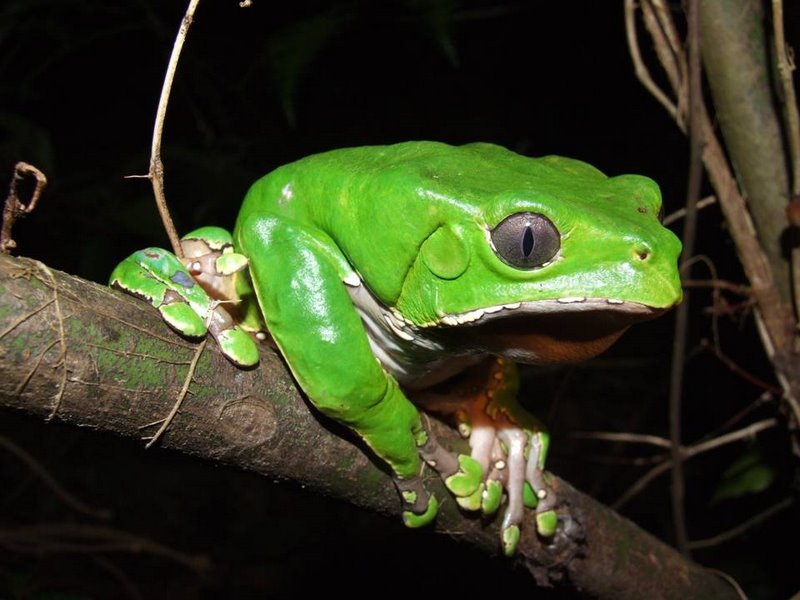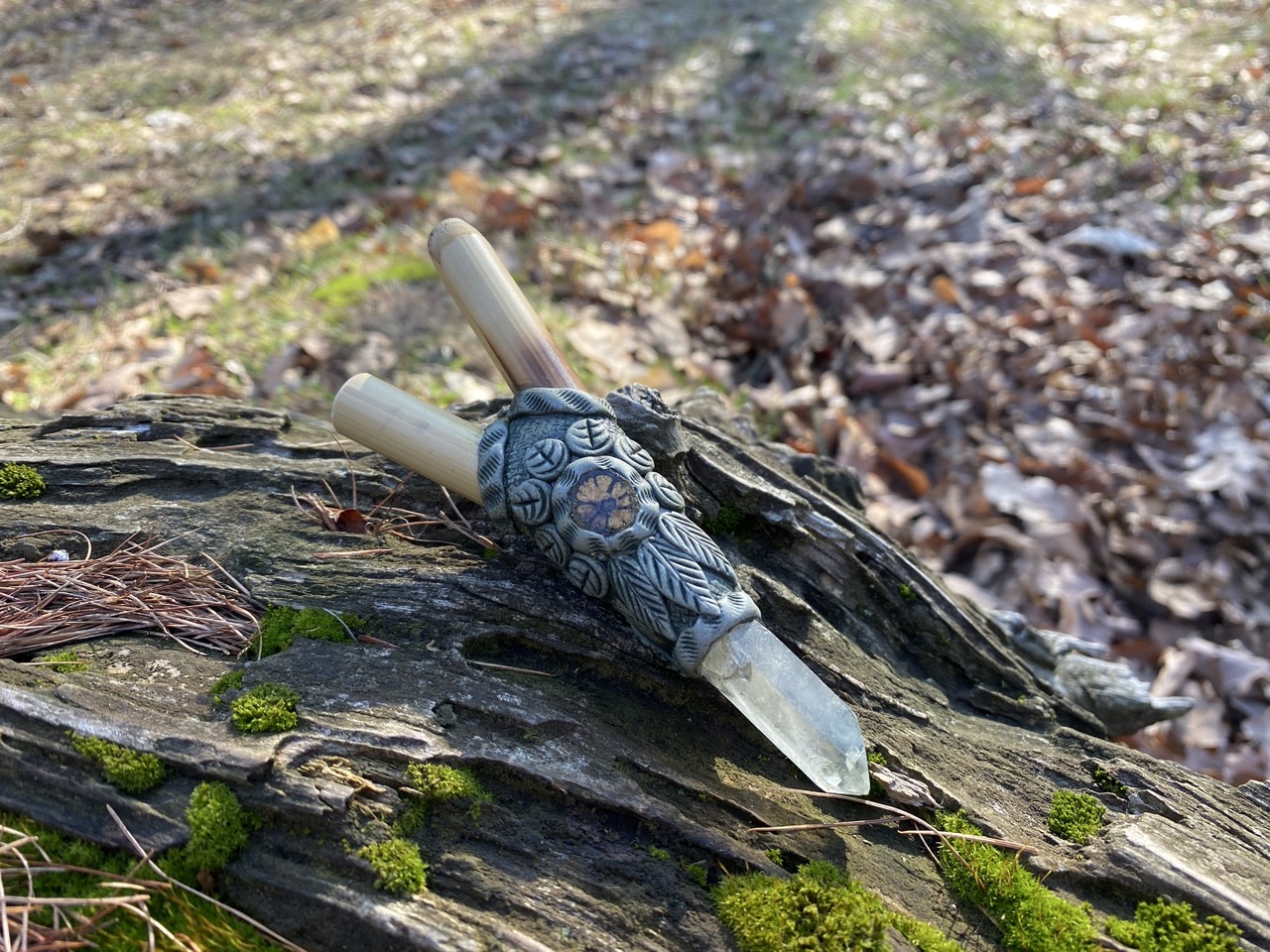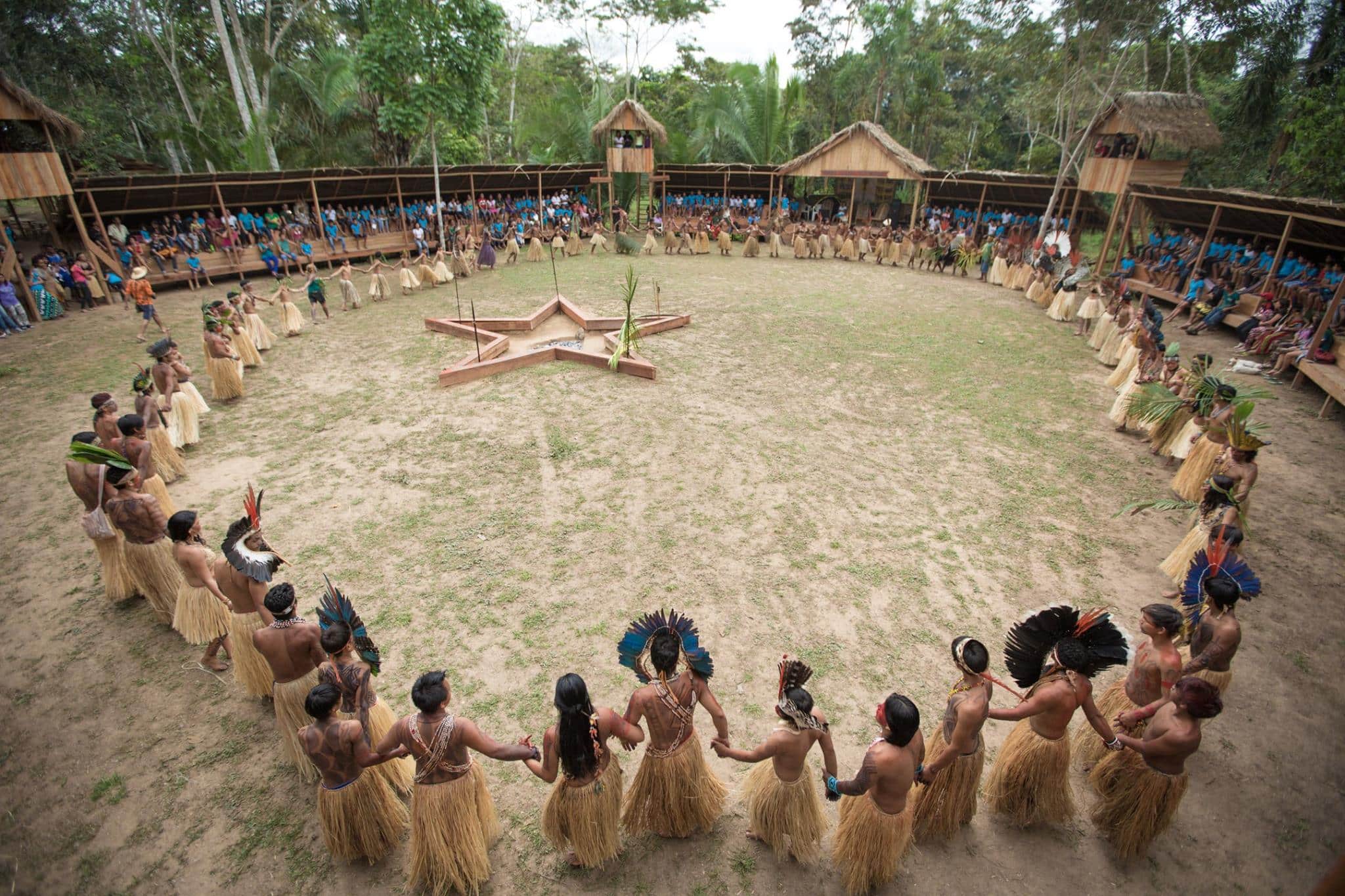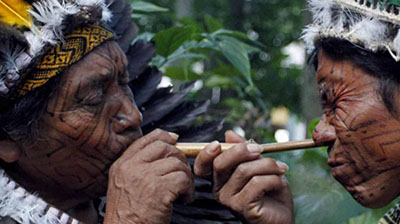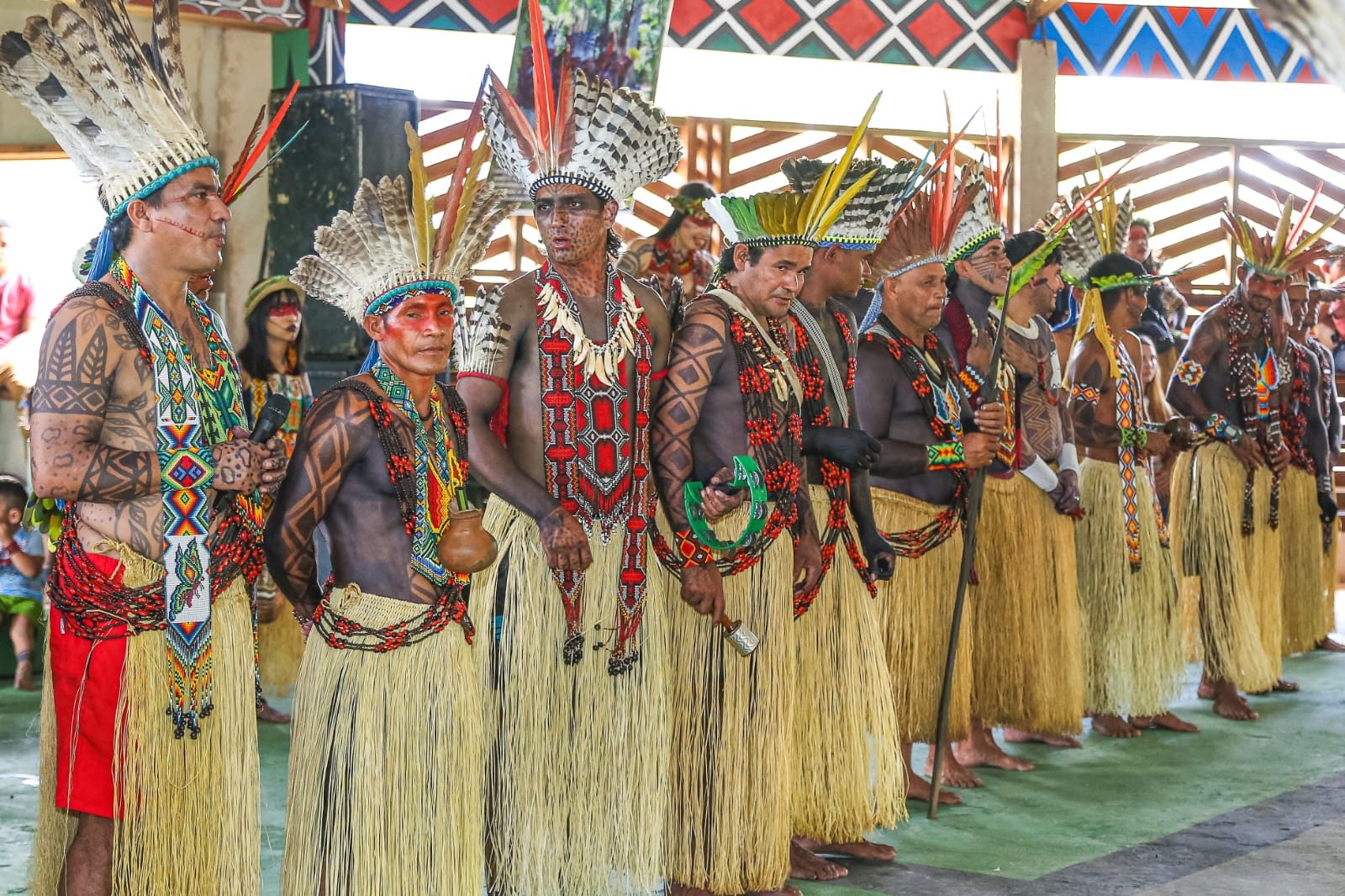
The Puyanawa tribe
The Poianauas (Puyanawa) are an indigenous group that lives in the far west of the Brazilian state of Acre, more precisely in the Indigenous Land Poyanawa, located in the municipality of Mancio Lima. The Puyanawa live in two villages: Barão do Rio Branco and Ipiranga. A permanent road is their main access route, which connects the village Ipiranga to the downtown area over a distance of 28 km. Another access option is via the Moa River. The first record of contact between the group and non-indigenous dates back to 1904. The Puyanawa spoke a language of the Pano language family. The language is called Ûdikuî by the speakers, which means “true language”. Since the reconquest of the territory, homologated in 2001, there has been a revitalization of traditions, language, and population growth among the Puyanawa indigenous people.
More details
Like many peoples of Acre, the Puyanawa suffered heavily from the boom in rubber and caucho extraction in the region at the start of the 20th century. Since the first contacts with non-Indians, many have died in direct confrontations or from diseases contracted during the colonization process. The survivors were forced to work in the rubber extraction areas – the seringais – and quickly found their way of life decimated due to the methods used by the ‘rubber barons’ to keep the Indians working under their yoke. The Puyanawa were expelled from the lands, missionized and education in schools that banned any expression of any trace of their culture.
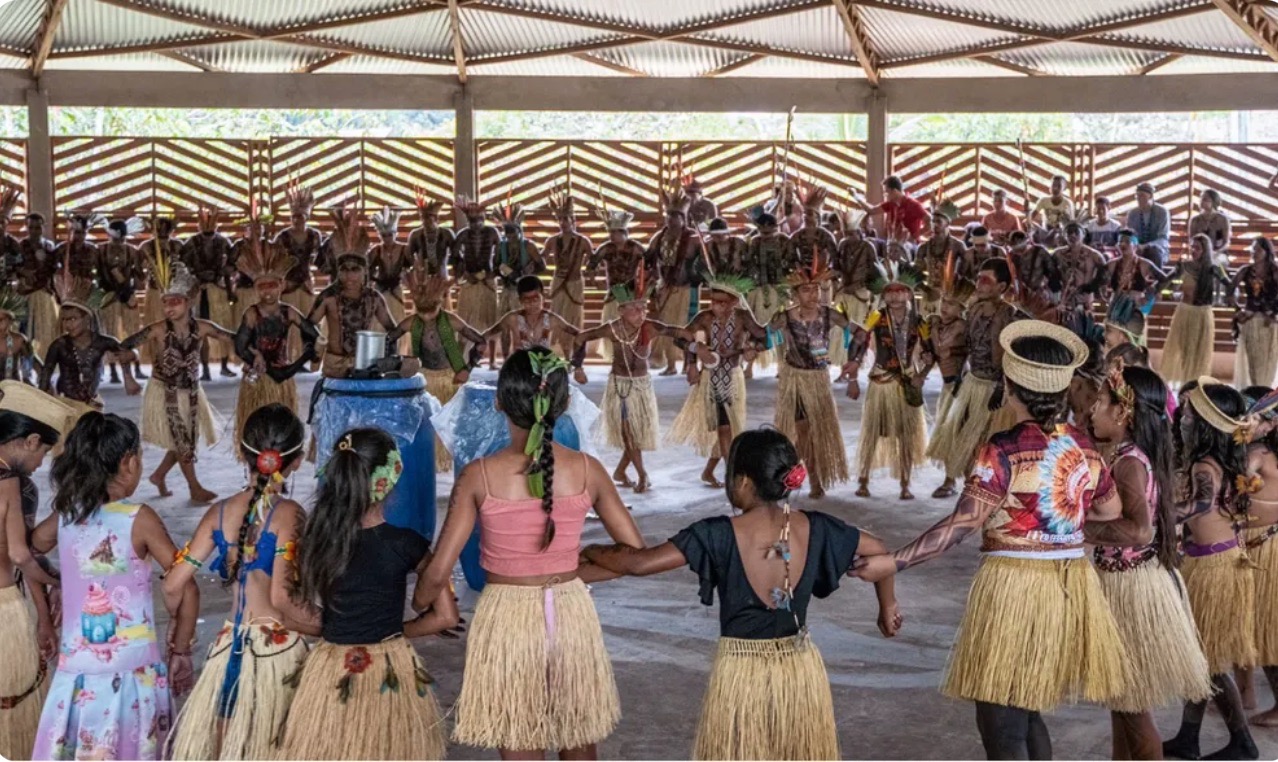
It was only with the beginning of the process of demarcating their territory that Puyanawa culture was once again valued by the Indians themselves, who have worked hard to recuperate their native language, a difficulty task given the small number of speakers left.
The Puyanawa or Poyanawa tribe lives in their tribal lands in the municipality Mancio Lima close to the Peruvian border. Like all the Pano tribes of the region they suffered heavily during the rubber boom and are now in a process to bring back their traditions and medicines while living in harmony with our modern world. They are locally famous for their beautiful handicrafts although internationally not so much. They are getting more and more on the map for their Sacred Rapeh Snuffs.
The information available on the Puyanawa population indicates that there were between 200 and 300 Indians in the region in 1908. One indigenous informant stated that in 1913, the era of the first contacts with non-Indians, there were around 200 people at the Barão do Rio Branco rubber extraction area (seringal), while a second source says that 208 Puyanawa were catechized in 1913. However, this population was reduced to 115 individuals during the same year died due to conflicts and a measles epidemic caused by the rapid advance of rubber tapping activities (see Contact History). Data from 1920 to 1927 indicate a population of 125 people at the Barão rubber extraction area too.
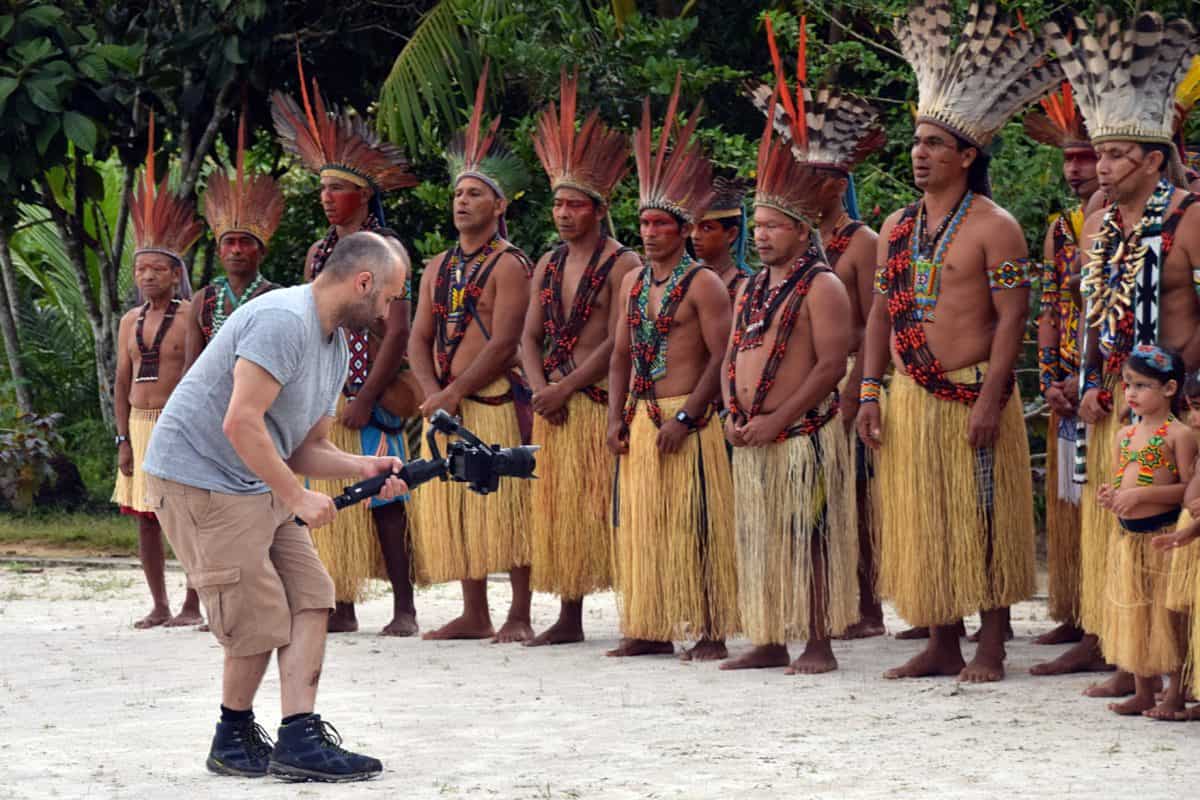
According to the Ecological-Economic Zoning (ZEE) Project undertaken by the Acre government in 1999 there were 403 people. The census carried out by FUNASA in 2009 showed a larger population of 529 individuals. In 2010, this number was 540 people.
Puyanawa subsistence is strongly based on agriculture. Each nuclear family owns a swidden, producing mainly for family consumption.
They plant intercropped manioc and maize, as well as Peruvian beans, seven-week white mudubim and arigó, which are also intercropped with manioc. Rice, banana and sugar cane are grown separately. Reflecting the influence of regional society, some coffee bushes are also planted.
Integrated with the regional economy, they sell flour, chickens, eggs and pigs via the region’s commercial system, i.e. to intermediaries of Cruzeiro do Sul or settlements close to the Puyanawa community, acquiring clothing, salt and other produce in exchange.
Still in relation to trade, rubber continues to be a product sold in the region. Fishing, on the other hand, no longer comprises a perennial source of food, nor game, which information suggests has been almost non-existent since the 1970s. In addition, the Puyanawa also practice a number of activities surviving from their ancestral culture intended to maintain their welfare, trekking by foot over a wide and varied area to obtain game, water, wild fruits, raw material to make their very small range of craftwork, clay for pottery, bamboo for arrow shafts and so on.
Haux, Haux!
Kambo frog vaccine medicine
Kambô, also known as the “frog vaccine,” is the cutaneous secretion of the frog Philomedusa bicolor, native to the Amazon rainforest. Originally, the use of kambô is associated with the native conc...
Kuripe - self-aplicator for Hapeh
The Hapeh's applicators, also known as “Tepi” and “Kuripe” are sacred instruments of indigenous origin generally made from different types of wood, bamboo, special rocks or bones and can carry orna...
The Kuntanawa People: History, Struggles, and Cultural Revival
In the late 19th and early 20th centuries, the Kuntanawa tribe was nearly exterminated in the heart of the Amazon by armed groups seeking to establish rubber plantations on their lands, located in ...
Ways to Blow Rapesito
There are many ways to blow Rapé: Long and slow, quick and sharp, and everything in between. You will soon learn to judge what is most appropriate, depending on your particular style or the needs o...

